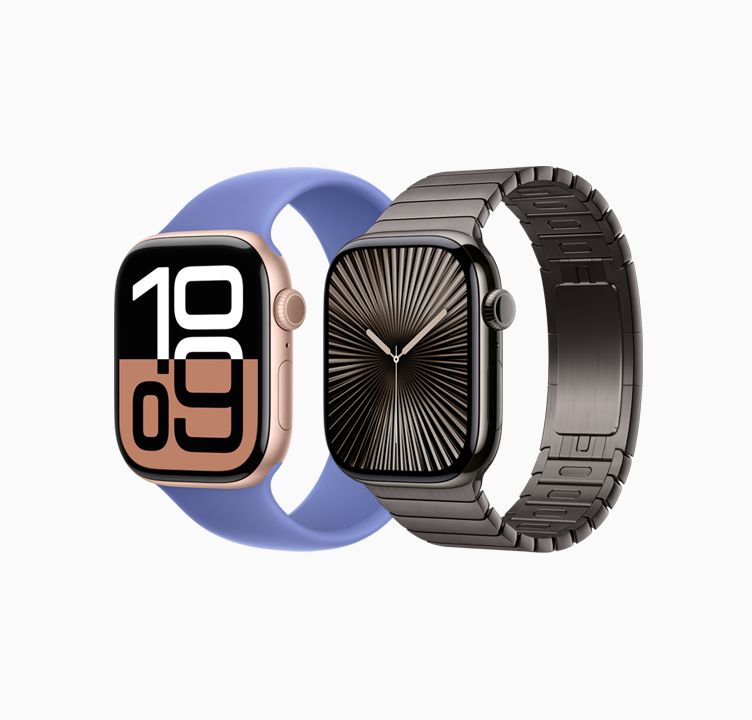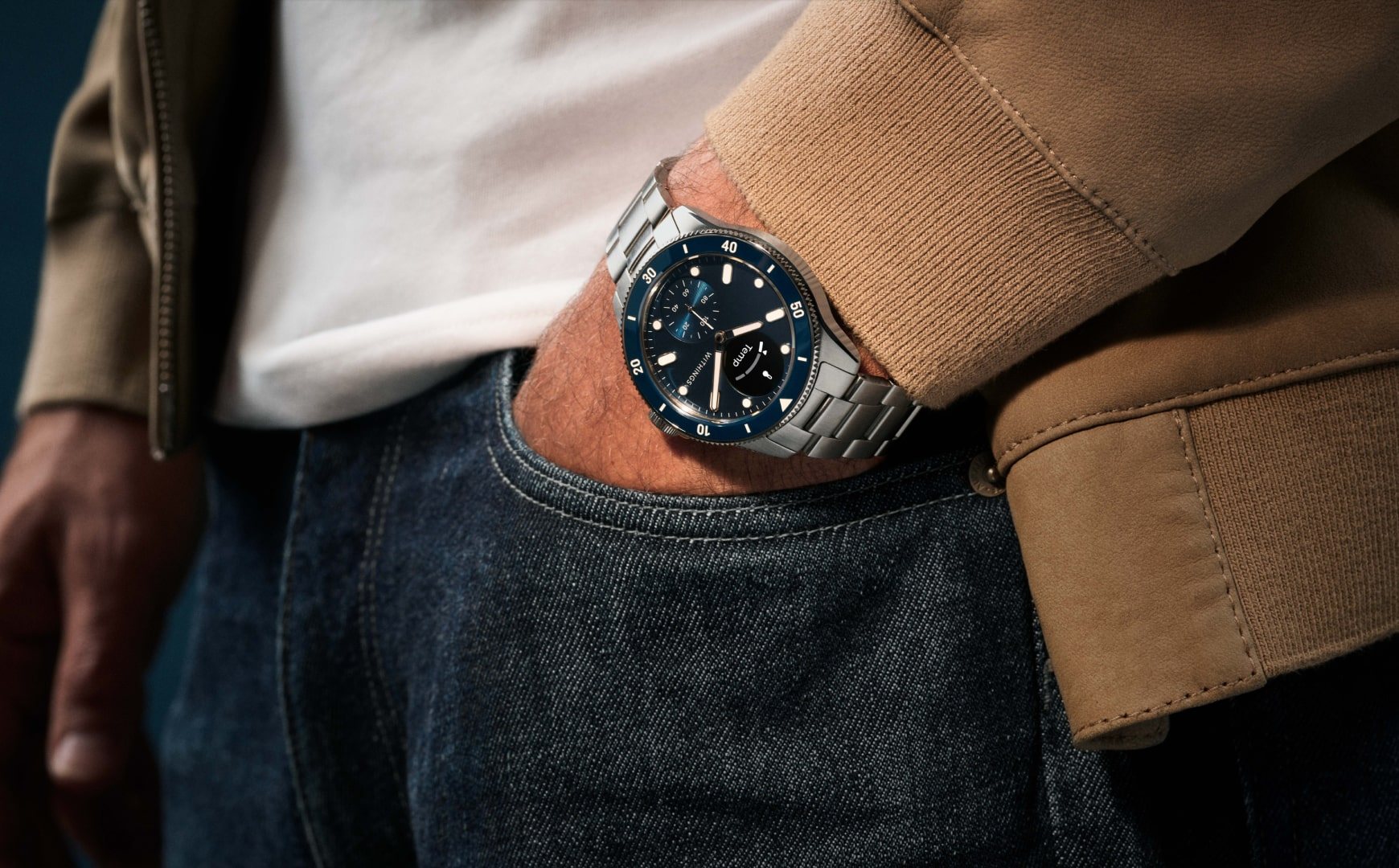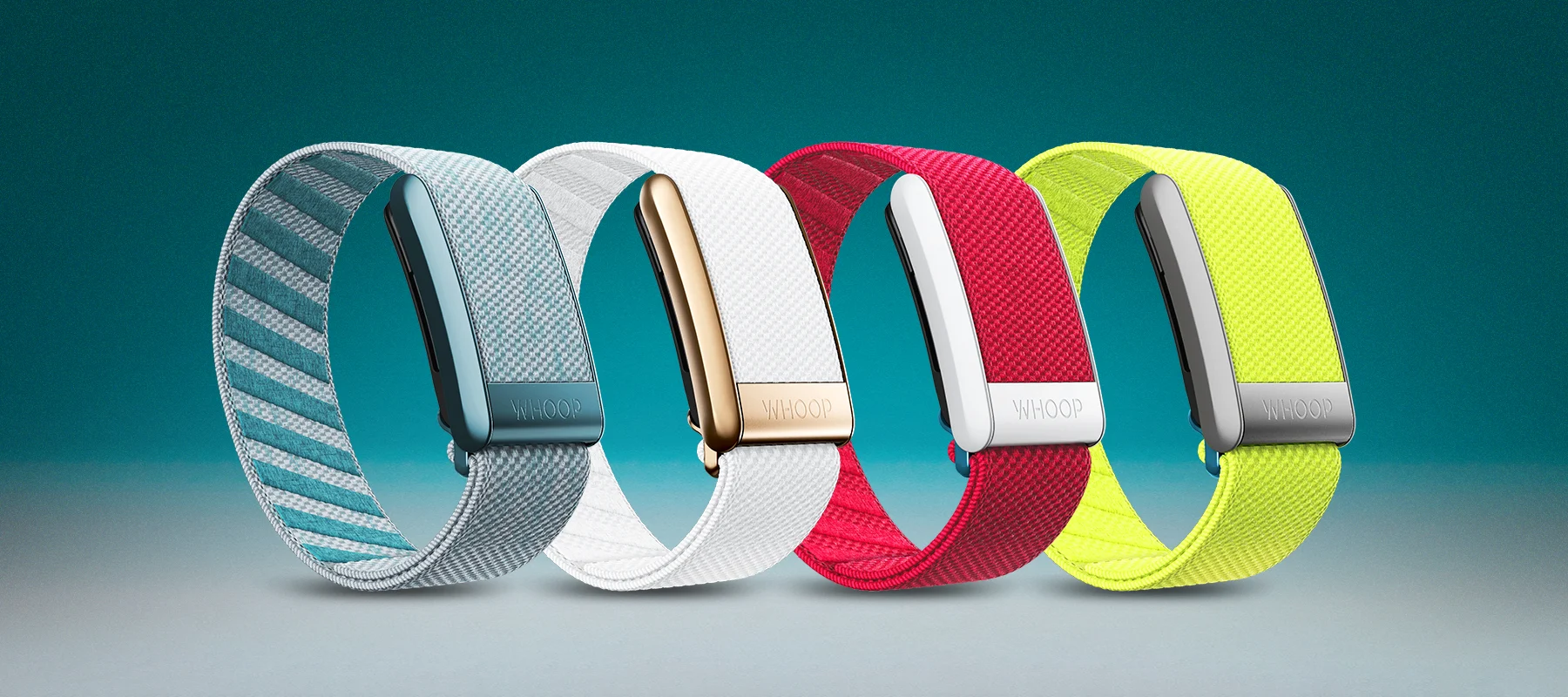
Wearable Health Devices for 2025
As wearable health tech continues to evolve in 2025, the market is filled with smart, powerful, and sometimes surprising options. From rings to watches to strap-based systems, today’s devices offer more than just step counts—they track everything from stress to sleep quality, oxygen levels, heart rhythms, and even readiness to take on the day. Here’s a look at five of the most popular and innovative health wearables this year, with features, pros and cons, and why users are gravitating toward them.
1. Apple Watch Series 10
 The Industry Leader Gets Smarter (and More Medical)
The Industry Leader Gets Smarter (and More Medical)
Apple has dominated the wearable space for years, and the Apple Watch Series 10 only cements that lead. Known for its deep integration into the Apple ecosystem, the Series 10 continues to bridge consumer convenience with clinical-grade health features. It’s wildly popular among both tech enthusiasts and casual users, especially those who want their fitness tracker to double as a communication and productivity tool.
Interesting fact: This series is the first Apple Watch to include sleep apnea detection, pending FDA approval, using advanced sensors and AI to monitor nighttime breathing.
Key Features:
- Heart rate monitoring, ECG, blood oxygen levels
- Fall detection and emergency SOS
- Advanced water-resistance and tracking for swimmers
- Sleep apnea and improved call quality with new neural processing
Pros:
- Wide range of features beyond health
- Seamless pairing with iPhones
- Stylish and customizable
Cons:
- Short battery life (~18 hours)
- Higher cost compared to simpler fitness trackers
Price: Starts at $399
App: Requires iPhone and the Apple Health app
2. Garmin Forerunner 165
 Precision and Performance for Athletes on a Budget
Precision and Performance for Athletes on a Budget
Garmin continues to be a go-to for athletes and runners, and the Forerunner 165 proves that quality doesn’t have to be expensive. Designed for those who take fitness seriously, this watch offers robust health tracking without all the lifestyle features that might distract from performance. It’s popular with runners, cyclists, and swimmers who need dependable metrics and long battery life.
Interesting fact: Despite being one of Garmin’s most affordable smartwatches, it offers real-time pace coaching and supports hundreds of workouts.
Key Features:
- Heart rate and body temperature tracking
- Built-in GPS and recovery analysis
- AMOLED display with 11-day battery life
Pros:
- Lightweight and sporty
- Great battery life
- Accurate and reliable tracking
Cons:
- Fewer non-fitness features
- Not as stylish for casual or business wear
Price: ~$199.99 (varies by retailer)
App: Requires Garmin Connect
3. Oura Ring Gen 4
 The Sleek Ring That Knows If You Slept Well Before You Do
The Sleek Ring That Knows If You Slept Well Before You Do
The Oura Ring has quietly built a strong reputation among sleep and wellness advocates. The fourth generation expands its scope to include over 30 biometric measurements, all housed in a lightweight, minimalist ring. Popular among executives, biohackers, and people who don’t want to wear a watch to bed, the Oura Ring offers data-driven insights without the wrist bulk.
Interesting fact: The Oura Ring is so accurate in detecting illness onset that it was used in studies during the COVID-19 pandemic to monitor early symptoms in athletes and healthcare workers.
Key Features:
- Advanced sleep, recovery, and stress tracking
- Period prediction and women’s health monitoring
- Up to 8 days of battery life
Pros:
- Discreet and stylish
- Great sleep insights
- Long battery life
Cons:
- No screen or standalone display
- Requires a smartphone for full interaction
Price: ~$399
App: Requires the Oura app
4. Withings ScanWatch Nova
 Where Old-School Style Meets Medical-Grade Tech
Where Old-School Style Meets Medical-Grade Tech
If you want the brains of a health tracker with the elegance of a traditional timepiece, the Withings ScanWatch Nova is the perfect hybrid. Built with French design sensibilities, this analog-style smartwatch hides medical-grade sensors in its stylish body. It’s gaining traction with health-conscious professionals who don’t want to compromise looks for functionality.
Interesting fact: The ScanWatch is the first hybrid smartwatch clinically validated to detect atrial fibrillation and sleep apnea using built-in sensors.
Key Features:
- ECG and SpO2 monitoring
- 30-day battery life
- Activity and sleep tracking with automatic workout detection
Pros:
- Stylish analog face with digital brain
- Impressive battery life
- Water resistant and rugged
Cons:
- No built-in GPS
- Limited interactive display
Price: ~$799
App: Withings Health Mate
5. Whoop Strap 4.0
 The No-Screen, High-Science Coach That Keeps You Honest
The No-Screen, High-Science Coach That Keeps You Honest
For elite athletes and data nerds, Whoop Strap 4.0 has become a badge of honor. It’s a screenless device that focuses exclusively on strain, recovery, and sleep—helping wearers optimize performance and avoid burnout. It’s known for its cult-like following among CrossFitters, NFL players, and serious biohackers.
Interesting fact: Whoop is the only mainstream wearable with a coaching AI that adapts advice based on your data and routines in real time.
Key Features:
- Continuous heart rate and HRV monitoring
- Recovery and strain scores
- Stress detection and guided breathing
Pros:
- Super accurate recovery tracking
- Unique form factor—worn on wrist, bicep, or even clothing
- Coaching and insights from your own data
Cons:
- Requires a monthly subscription
- No display—all data is app-based
Price: Subscription-based; $30/month (or lower with annual plan)
App: Whoop app required
Conclusion
In 2025, choosing a health wearable is less about which has the most features and more about what best fits your lifestyle. Whether you’re a runner seeking precision, a wellness-minded minimalist, or someone just trying to sleep better and stress less, there’s a device tailored for you. As AI and sensor technology continue to advance, we can expect even deeper insights and more personalization in the years ahead.




